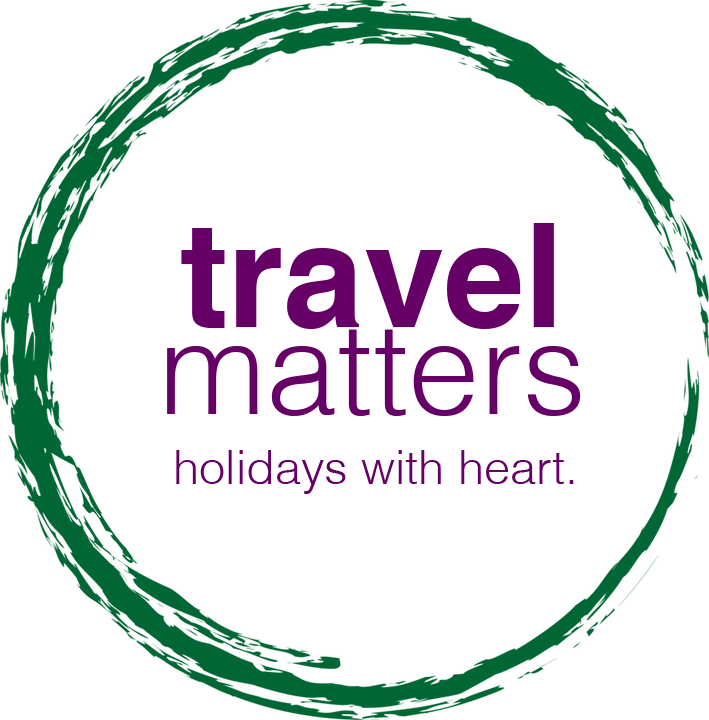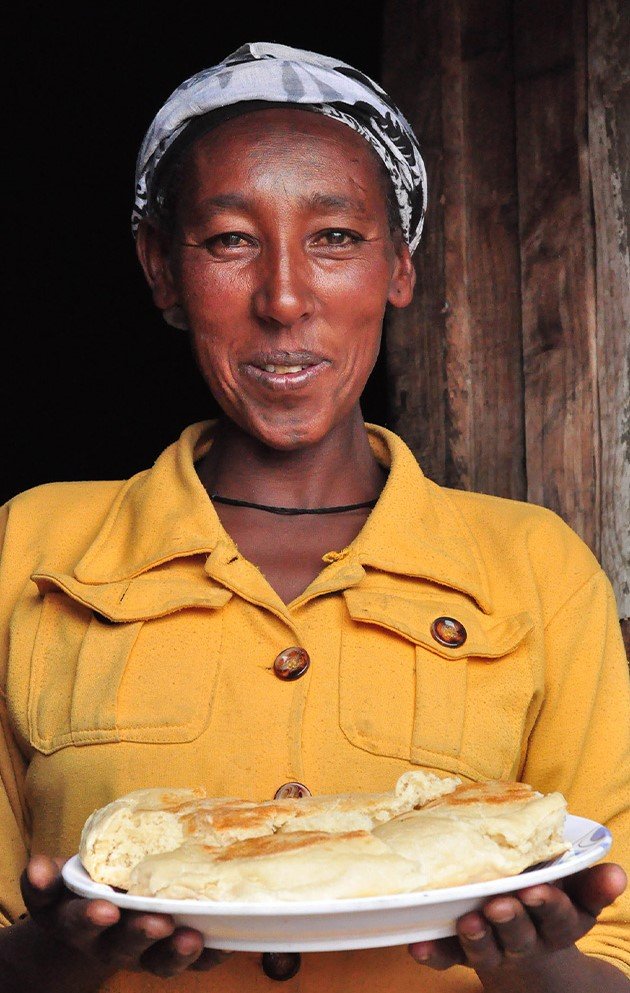Loneliness and Travel: some reflections
June has already reached us, but we would like to return to last month and recall an event that we think deserves some reflection.
The week 9–15 May was Mental Health Awareness week, this year focusing on Loneliness.
“In a travel blog post?! Such a weird place to talk about loneliness”, one might think.
But is it such a strange association, really?
Photo by Elisa Spampinato
Loneliness is a real issue for our societies, one that is quite uncomfortable to talk about and mostly hidden inside us, with shame. And, unfortunately, it only grows stronger when not faced and shared.
Travel is, overall, perceived as a great source of joy and excitement; therefore, some might say that it is potentially a useful antidote for loneliness.
“Can travel cure loneliness?” We think that this is a false question, more dangerous perhaps than the loneliness itself – if that is possible.
We don’t believe that travel can automatically ‘cure’ anything; however, we do believe that travel carries wonderful seeds, which can grow into a plant whose fruit has healing properties and can lead us to a happier and more fulfilled life.
Photo by MUF-RJ
Let’s see with which soil and under which external conditions those seeds may benefit us, so that a trip can not only give us temporary pleasure and enjoyment – which some may even confuse with ‘happiness’ – but also create deeper changes and long-lasting transformational effects in ourselves and in our communities.
THE BUBBLE WE ARE ALL IN
We can travel with concerns only for ‘having a great time’, ‘having the perfect experience’, ‘doing cool things’ and ‘ticking all the boxes’ of our externally constructed bucket list for a place.
However, this kind of travel, in the same way as when we suffer from feelings of loneliness, makes us feel as though we are drifting miles away from everyone else, on a self-activating conveyor belt.
We are disconnected – not only from the real atmosphere of a place, but also from other enriching human encounters.
I call this ‘travelling in our own bubble’.
But we know that travel has such great positive potential at the individual level, including giving us new lenses to ‘see’ the world from a different angle and in different colours too.
In our minds, awesome images are triggered by the word ‘travel’.
Exotic scenery, warm waters, sunny and bright beaches, white peaks, and fresh footprints on immaculate white snow. Green lights in the northern skies, desertic views, volcanic lakes surrounded by green mountains hiding the cities of pre-Columbian civilisations. The list could go on forever.
And yet, if we travel with the goal of escaping the boredom of our daily reality, to do something very special and memorable so that we can add it to our list of achievements, we are just sweeping more of the dust of discontent under the carpet, which, on our return, will look more like a rough and hilly surface than the flat and comfy floor-covering it is supposed to be.
Photo by Elisa Spampinato
Travel cannot cure loneliness, only temporarily conceal it, perhaps.
And the unfaced and unspoken reasons that led us to ‘escape’ our reality, will carry on accumulating dangerously and perhaps become a Mental Health issue in the future.
CONNECTING
Travel brings joy because it allows us to make new connections, not only in our brains, by taking in new information, learning about other cultures and history; but also, because it allows us to make new human connections.
If we reflect a moment on it, we realise that our travel stories and travel memories are full of people, not just places – isn’t that the case!
Photo by Elisa Spampinato
Those encounters with the local farmers, or with the barman at the hotel, the chat with other travellers in the cosy neighbourhood bar or the untranslated exchanges of smiles and body language we had with the woman that taught us how to weave colourful baskets from grass or banana leaves.
These are the encounters that will populate our hearts on the way back home, and, hopefully, for years to come.
One definition of empathy is “the ability to emotionally understand what other people feel, see things from their point of view, and imagine yourself in their place”.
Through empathy we can connect on a deeper level with other human beings, and the similarities always overtake the differences we may perceive in each other’s lives, concerns and goals.
But when we travel ‘in our own bubble’ there seems not to be space for many real connections; it is mainly isolation and self-referenced thoughts.
BURSTING THE BUBBLE
What is the difference between being inside and outside the bubble, then?
We believe that the difference lies in the answer to the following questions:
Why do we travel? What is the intention that consciously, and mostly unconsciously, we put into this ‘activity’?
Are we aware of the real reasons behind our desire for travel?
Lack of awareness of those motivations can make the walls of the bubble we are in much thicker, separating us from the beauty and the undiscovered marvels that surround us, and that could also change and transform us.
And our trip will then be just a temporary glowing experience to show off to friends, but a missed opportunity for personal growth.
But if, for example, we decide to allow our mind to switch, we might have a completely other experience next time we travel.
While travelling we are in the perfect place to discover new places and have extra-ordinary experiences – this is mainly because we are out of our comfort zone, and, according to Simon Sinek, even though a “comfort zone is a sage and beautiful place, no one ever grows there”.
If we want to grow as human beings, rather than just boarding a plane and getting a new stamp in our passport, travelling is a golden opportunity.
How can we switch our mind, then?
We can start by simply stretching our arm through the surface of that bubble, so that we can start to burst the bubble we are in.
Bursting the bubble in which we have been travelling is like lifting that carpet and facing what is underneath. We may not like it, but once we acknowledge it we can start the clean-up.
With the gesture of stretching our arm out, we are asking for something new, even if it is still unknown, and undiscovered. And, despite that – or sometimes, just because of that – we are ready to travel, we are finally embarking on a journey.
Photo by Elisa Spampinato
We endorse the definition of ‘Transformational Travel’ given by the Transformational Travel Council (TTC) as: “intentionally travelling to stretch, learn and grow into new ways of being and engaging with the world.”
The TTC has been a ground breaker in choosing to focus on what travel can give beyond the materialistic and immediate satisfaction of a trip.
However, the most crucial message the TTC brings to the tourism world, we think, is that the real journey starts at home, by wanting to change your mindset, not just by going to places, by while we are visiting those places.
Bursting the bubble is, then, a question of intention.
So, get out of your bubble, ask yourself the important questions, share your experience of personal growth, connect, and, most importantly, enjoy the journey.
This blog has been written by Elisa Spampinato,
a travel writer & Community Storyteller, CEO & Founder at Traveller Storyteller






